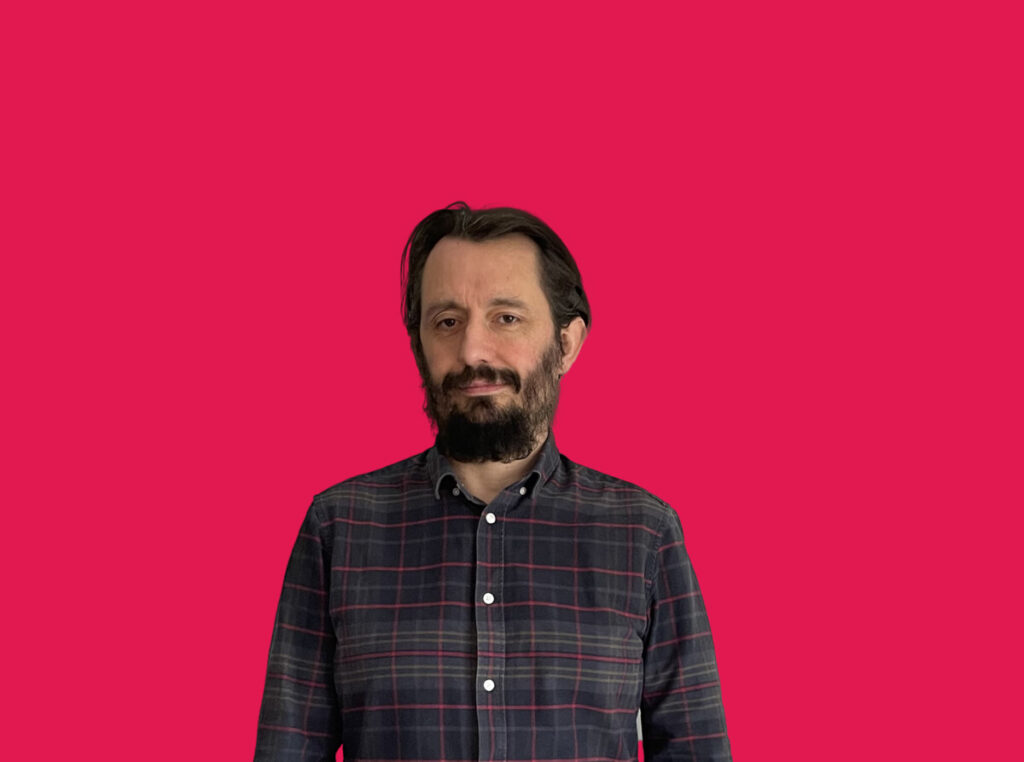Is governance killing your innovation pipeline?

Yes. Probably.
Take a walk through any lovely garden. Breathe in the scent of roses, hyacinths and honeysuckle. Watch while butterflies and bees go about their pollination-based business. Fast forward two or three years. Suppose that self-same beautiful garden has remained unweeded, untended, unloved all those years it will be messy, overrun and inhospitable.
Left unchecked, out of control and seldom reviewed, your governance procedures will stifle and exhaust your most committed innovators.
Advertisement
Over the last two years, we’ve spoken to hundreds of charity innovators about the most significant obstacles they face daily when building innovation pipelines.
Governance of the innovation process consistently comes up as one of the top three topics holding organisations back from creating greater impact with people and from raising more money.
Tight, restrictive governance often means the best ideas don’t even make the final cut of what goes into testing. Worn down and discouraged from experience – radical and unusual ideas remain an unloved gem left to wither on a physical or virtual post-it note.
“What can we get signed-off” becomes the guiding principle. Rather than “what does our audience want and what need can we fill”.

So what is governance?
A complicated word that probably means something different to different people and organisations.
Broadly speaking governance is a set of rules, practices and processes used by a business to direct and control its actions. It isn’t inherently wrong. It is essential and used correctly can enable and empower staff to get things done within a framework that manages risk.
- Sign-off and approvals process
- Spending limits
- Risk Committee
- Investment Committees
- Innovation Boards
I’m sure many of these forums are familiar to you.
In their own right, they perform valuable functions. But they are seldom, if ever, reviewed to ensure they are fit for purpose. If they are reviewed it is common for extra layers and even more restricting parameters to be added – further reducing freedom to innovate.
Instead of clearing the path for innovation, governance usually does the exact opposite of what it is intended to do. It forms some of the biggest barriers to innovation. Sucking up time and creating extra work for many people.
In our experience sign-off processes become convoluted, long and drawn out with multiple stakeholders – many of whom have low understanding of the audience the campaign or product is being produced for. They often have little time or context to give considered input. Yet, their input can make or break the success of a product when it is in the early stage or live in the market.
As Chanel Woodland (formerly the Head of Innovation at The Royal British Legion) said:
“Sign off is very stringent. Everyone wants to be involved. The original concept gets diluted, and we collectively make it safe.”
Safe means an idea will get signed off – but at what cost? The signed off idea has often moved a long way from the original concept, and in a crowded marketplace – safe seldom wins.
What do innovation practitioners need governance to do?
- Remove barriers
- Allow them to operate at speed
- Access resources
Common objectives of leaders/other stakeholders
- Decrease risk
- Feed in their personal preferences at early stages
- Point out issues their teams might have in delivering new ideas, before they have even gone into audience testing
What bad governance often does
- Ignore the audience insight that has driven the development of the product/campaign/idea
- Slows execution down
- Removes the edges of the idea until it can be signed off (the ideas has lost the bite that would have given it market cut through)
- Leads to the least exciting ideas moving through the pipeline because they are most likely to be signed off
- Dispirits staff
- Asks for evidence and data (that does not yet exist) as proof
What governance should not do
- Close down ideas before audience testing
- Allow personal preference to get in the way.
- Make innovation staff go through business as usual processes
Review often
Suppose you want to take your innovation to another level of performance. You should regularly review governance procedures to make sure they enable the team to make audience-based decisions. Speak to your teams and staff – is the process working for them? If not, improve it continuously. Do not let your governance garden grow untamed into a jungle of barriers.
Because innovation is usually the development of something new (a feature or product) – often extra layers of governance are created – an innovation board, a committee – this acts as an extra layer of management and risk control. And in our experience, cross organisational innovation boards just don’t work because of the opposing objectives of the stakeholders involved.
This extra layer of sign off generally slows things down, reduces the focus on the audience and increases the focus on – ‘is this something we can do, is this what we normally do’ – ‘is this good for us’? Decision making by consensus often leads to risk aversion, and the safest bet winning as groupthink can veer away from making risky decisions.
As Charlotte Guiver, Director of Income from Versus Arthritis, says:
“Governance slows us down the most. There is no way to avoid it. We set up a spin-out business for people living with arthritis. But we still get sucked into the vortex of charity governance”.
Impact of unchecked governance
The impact of suffocating governance procedures are significant.
Some of your best staff may leave the organisation if you do not enable and empower them. As former Innovation Consultant Lesley Pinder from The British Red Cross says:
But do not fear – there are many ways you can avoid losing your best ideas and people.
“I’ve seen many excellent people end up exhausted due to governance and decision making that was set up for status quo fundraising, not innovation. Our systems stay the same, yet people are expected to do things in new ways.
“The challenge is that those brave folk who take risks are often not supported by the processes and systems of an organisation but are still expected to remain brave and push despite it. Pressure is put on the few who end up exhausted and burnt out.”
Solutions
- Co-create a sign off process that works for all stakeholders. The way you sign off on business as usual campaigns do not work for innovation prototypes that need to pivot quickly and work to minimum viable product principles.
- Start off by creating a clear list explaining what you as an innovator need governance to do. Then create another list explaining what the organisation needs from governance.
- Create a new merged and balanced objectives list that takes into consideration different perspectives. Often current procedures exist because one person added a level of governance, it failed and so another level was added as a safeguard and so on. You end up with a Kafkaesque labyrinth of walls in front of you.
- Try to keep formal governance as slimmed down as you can while maintaining confidence and trust in what you are doing.
- Map critical stakeholders across the organisation and see what level of communication they need to keep them happy. Try to keep this lean. Be really critical about this. How does each person you have listed help you achieve the goal of any of the objectives you have written?
- Try to avoid creating an innovation board. Instead, discuss with key stakeholders how your team can help their team and what kind of problems you could solve. Gather requirements twice a year. Outline how you will assess their requests. Innovation boards can quickly become full of politics and tribalism.
- Try to model delegated authority as much as possible – governance should not be about exerting control. Trust your staff to do the right thing without signing off every element multiple times.
So there you have it. If you really want innovation to thrive, tend to the garden, channel Charlie Dimmock and get your pruning gloves on.
Let us know what other suggestions you have for improving the governance ecosystem. We would love to hear from you.
Twitter: @henryrowling / @weareflyingcars
If you want to grow the impact of your innovation work, you can take our Innovation Growth Diagnostic, a free strategic tool to help you pinpoint where your strengths are, where to make improvements, and how to grow your impact.

Henry Rowling
Henry Rowling is co-founder of Flying Cars Innovation. Flying Cars is an award-winning innovation and insight agency. They work with charities and cause-driven brands to develop new propositions that activate audiences at scale. Henry believes profoundly in the power of innovation to drive social change.




